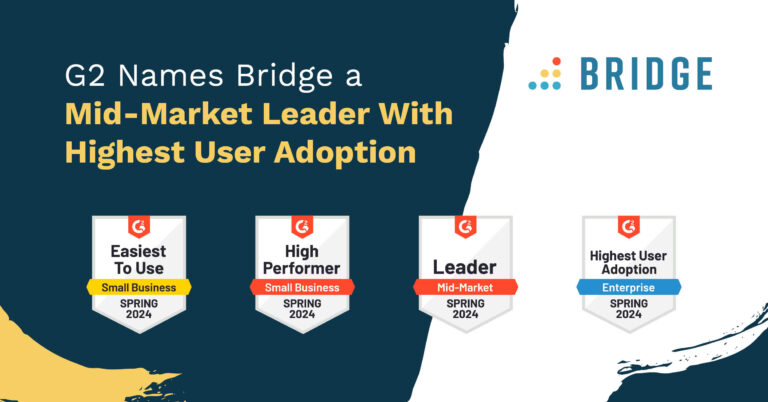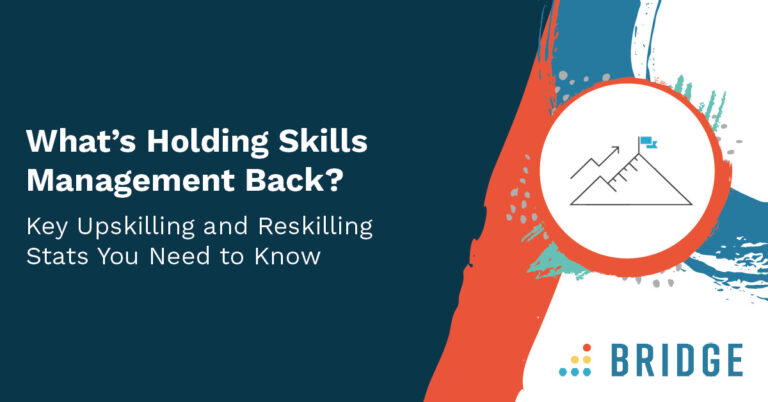If you’re responsible for the hiring, management, or performance management of employees today, no one has to tell you that change isn’t just closing in on all sides—it’s creeping into crevices you didn’t know you had, too.
So, unless you’re retiring like yesterday, it’s time to go from resisting this tidal wave to going all “Cowabunga, bro!” on it. (And scoring more than a killer tan in the process.)
Fortunately, our blog series, “How to Develop Employees in the Changing Face of Work” was designed to help you do just that. But first, let’s review why it would be impossible to use the same approach in developing everyone in your modern workforce:
Ever-widening skills gap
Blame it on the speed of technology, a lack of preparation in schools or the fact that skills generally only have a five-year half-life, the skills gap is an epic issue for all companies, no matter how sick your conference room is.
As (killer) robots take over more manual work, the need for transferable skills like communication, leadership, collaboration and time management will continue to rise. Lucky you, these in-demand transferable skills are hard to hire for, and even trickier to train.
The age gap—it’s a doozie
As companies are still trying to get a handle on how to manage millennials, nearly 61 million Gen Zers are coming in hot. With an age gap of up to 40+ years between Gen Z, millennials, Gen Xers and boomers on your team, there’s sure to be some development needs as far apart as their preferred toast toppings (jelly vs. avocado).
Gig, on-site, and remote employees … oh my!
Many employees who’ve tasted working in their PJs are never turning back, and this rise in remote work will only continue. Very little face time or in-person communication requires extra care to build trust, grow relationships, give and receive feedback. Plus, you need to make them feel like part of the team that still rocks cubicles.
Sky-high expectations that are only skyrocketing
According to Gallup research, 60 percent of employees say the ability to do what they do best in a job role is “very important” to them. But what does “the ability to do what they do best” even mean when you’ve got employees in their early 20s all the way up to mid-60s, each with their own personalities and priorities? It means companies and managers have the tricky task of helping employees grow in roles that help them leverage their talent and maximize their strengths. Any role that’s a mismatch won’t end well.
Demand for workplace development—but no single learning style
HR, listen up: Ongoing development is non-negotiable for most modern employees, with a nearly unanimous 94 percent of employees saying they’d stay longer at a company that invested in training.
But what isn’t unanimous is how they learn, where they learn, or even when they learn—49 percent want to learn at the point of need, or just-in-time, and 58 percent prefer to learn at their own pace. It’s your job to help provide many roads to the good stuff.
Zero obligation to stay at one company long
Flighty, fickle. Whatever you call them, modern employees have one toe out the door on a good day. They don’t even have to look far for the next gig, either—recruiters at other companies are scrambling to attract them to fill their own gaping skills gaps. Your HR foes can lure them away with a whole list of benefits and perks that may seem silly to some.
So, what’s a manager or HR professional to do?
Enter our blog series, “How to Develop Employees in the Changing Face of Work.” This post is just our first step in helping managers sort out all of this change that’s coming at ‘em and what to do about it. In the following posts, we’ll:
- Identify several types of employees you’ll need to develop
- Take a deeper dive into how to help them “do what they do best” so they will stick around longer than a hot minute
- Share helpful employee development tools like Bridge HR leaders and managers can use to engage and develop the most diverse group of employees to date
Are you with me? Be on the lookout for the next post in our “How to Develop Employees in the Changing Face of Work” Series.



